How to optimise performance through warm-ups?
In our recent webinar with Nitesh Patel, Sports Physiotherapist at Reliance Foundation Young Champs, he laid out some warm-up techniques for young athletes to optimise their performance levels.
To achieve the desired results, sports must always be played with the right framework. However, to execute the plan of action, it is necessary to start right by preparing the body and mind. In our recent webinar with Nitesh Patel, Sports Physiotherapist at Reliance Foundation Young Champs, he laid out some warm-up techniques for young athletes to optimise their performance levels.
The webinar began by defining what a warm-up routine is and its benefits. A warm-up is a physical or mental activity that prepares an individual for a sport or exercise. A successful warm-up routine helps to set the stage for maximum performance while reducing injury risk.
A good warm-up has an effect on a number of factors, such as:
- Prepares an athlete mentally for the training
- Improves respiratory rate
- Improves blood flow and heart rate
- Raises body temperature
- Develops viscous muscle resistance
Warm-ups reduce the risk of injury by accelerating the body's physiological preparation for clinical performances. Nitesh addressed the following advantages during the session:
- Neuromuscular performance such as stabilisation, balance, and coordination.
- Improved blood flow to generate energy to working muscles.
- Improved joint viscosity to decrease stiffness and movement efficiency.
- Increased activation of anaerobic metabolism.
- Improved strength and endurance.
- Increased rate of force development to improve power.
- Better reaction time and decision-making.
- Improved mental preparation.
- Reduction in non-contact injuries such as ACL and soft tissues.
Nitesh spoke about two forms of warm-ups: Traditional and Structured warm-ups (RAMP). The webinar went into greater detail on each of these points.
- Traditional warm-up focuses on the muscular and energy systems of physiology while overlooking neurological aspects. Traditional warm-ups are divided into two categories:
1. General Phase - which increases heart rate, respiratory rate, blood flow, and fluid viscosity.
2. Specific Phase is a sport-specific process and includes stretching.
There are a few disadvantages of static stretching. It reduces force output, power, running speed, reaction time, strength, and endurance whilst also compromising muscle performance.
As a measure, neuromuscular conditioning should be included in this form of warm-up to address the shortcomings. This includes
1. Plyometric
2. Exercises to improve balance and stability
3. Agility tasks such as decelerating, shuffling, and cutting technique.
4. Sport-specific movements.
- The second method is the structured RAMP warm-up. RAMP is a research-proven approach that includes a structured warm-up and a wide variety of drills and exercises that target specific body parts and muscles. This is done to set the right tone and accelerate the workout or sporting activity.
RAMP is essentially the following components:
1. Raise: This is to raise the body temperature, heart rate, blood flow,respiration rate, and viscosity. General movements, dynamic movement circuits, low-intensity skills, and run mechanics are included in the ‘Raise' workout, which can be completed in as little as 3-5 minutes.
2. Activate: This is to activate specific muscle groups. Mobility circuits,mini band circuits, landing mechanics, and plyometrics are all used to activate the muscles. This takes about 3-5 minutes to complete.
3. Mobilise: Targets specific joints for the upcoming activity.Mobilization includes activities such as hurdle walks and dynamic stretch routines. This takes about 3-5 minutes to complete.
4. Potentiate: This improves subsequent performance by utilising post-activation potentiation (PAP). This is done in accordance with the upcoming task by acceleration, agility drills, HIIT, plyometrics, warm-up sets for a duration of 5-10 mins.
This was a broad overview of both forms of warm-ups that Nitesh addressed in the webinar. The webinar also covered what you should avoid doing before a sufficient warm-up. The following were the points discussed:
- High-intensity interval training (HIIT)
- Reactive tasks
- Plyometrics
The session came to a close with a review of a few aspects to consider in a warm-up routine. Nitesh summed up the discussion with the following points:
- Warm-up exercises are used to help athletes improve their athletic ability.
- To achieve high speeds, running mechanics should be included.
- Focus on agility tasks by including accelerations, decelerations, shuffling mechanics.
- Include neuromuscular exercises in the routine.
- The warm-up can be tailored to the sport or activity session by using the RAMP process.
In conclusion, an effective and organised approach to the warm-up will help athletes develop their athletic results, technical and tactical skills, and reduce their risk of injury. This can be accomplished by micro-analysing all the areas. Warm-up time should be perceived as extra training time to help boost one's activity session.
Please connect with us on Instagram/Facebook or email us at info@rfyouthsports.com if you have any questions or suggestions for webinar topics.

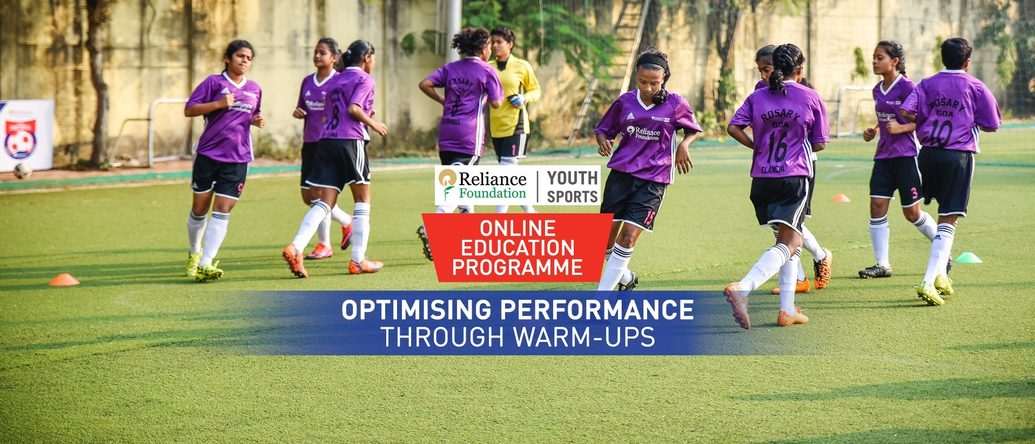
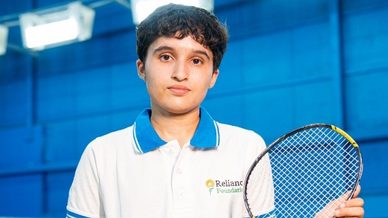


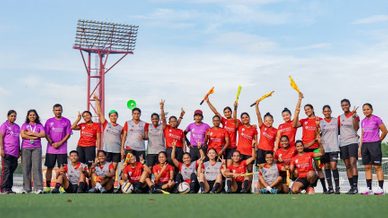
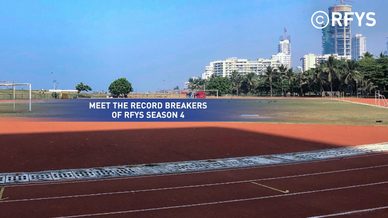
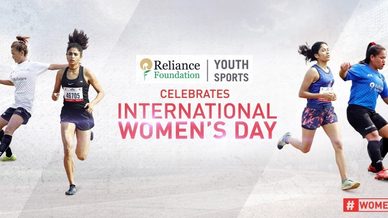
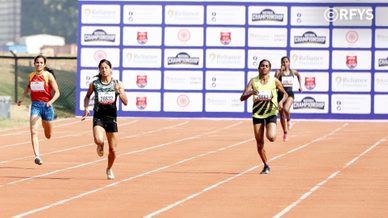



Your Comments